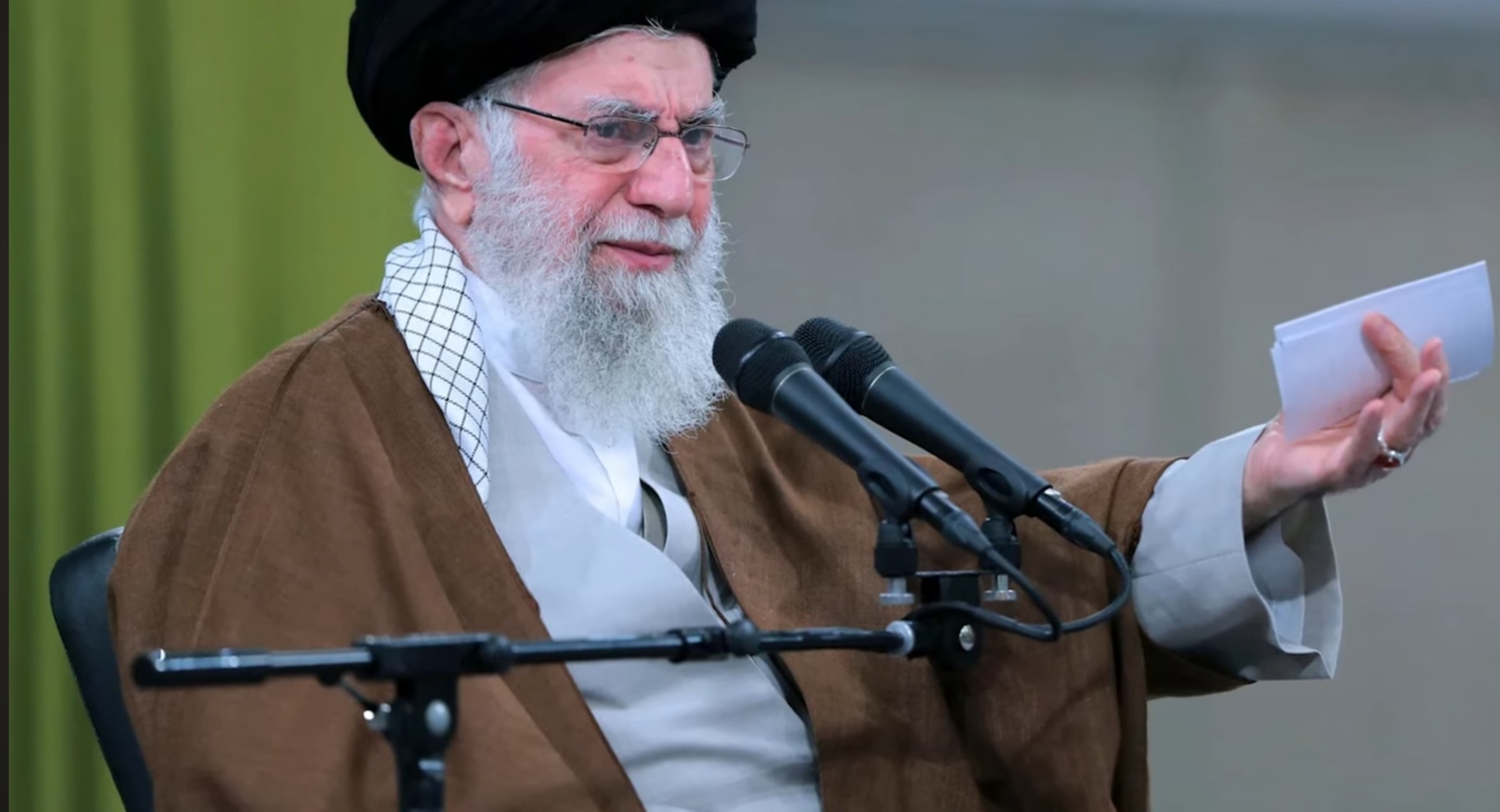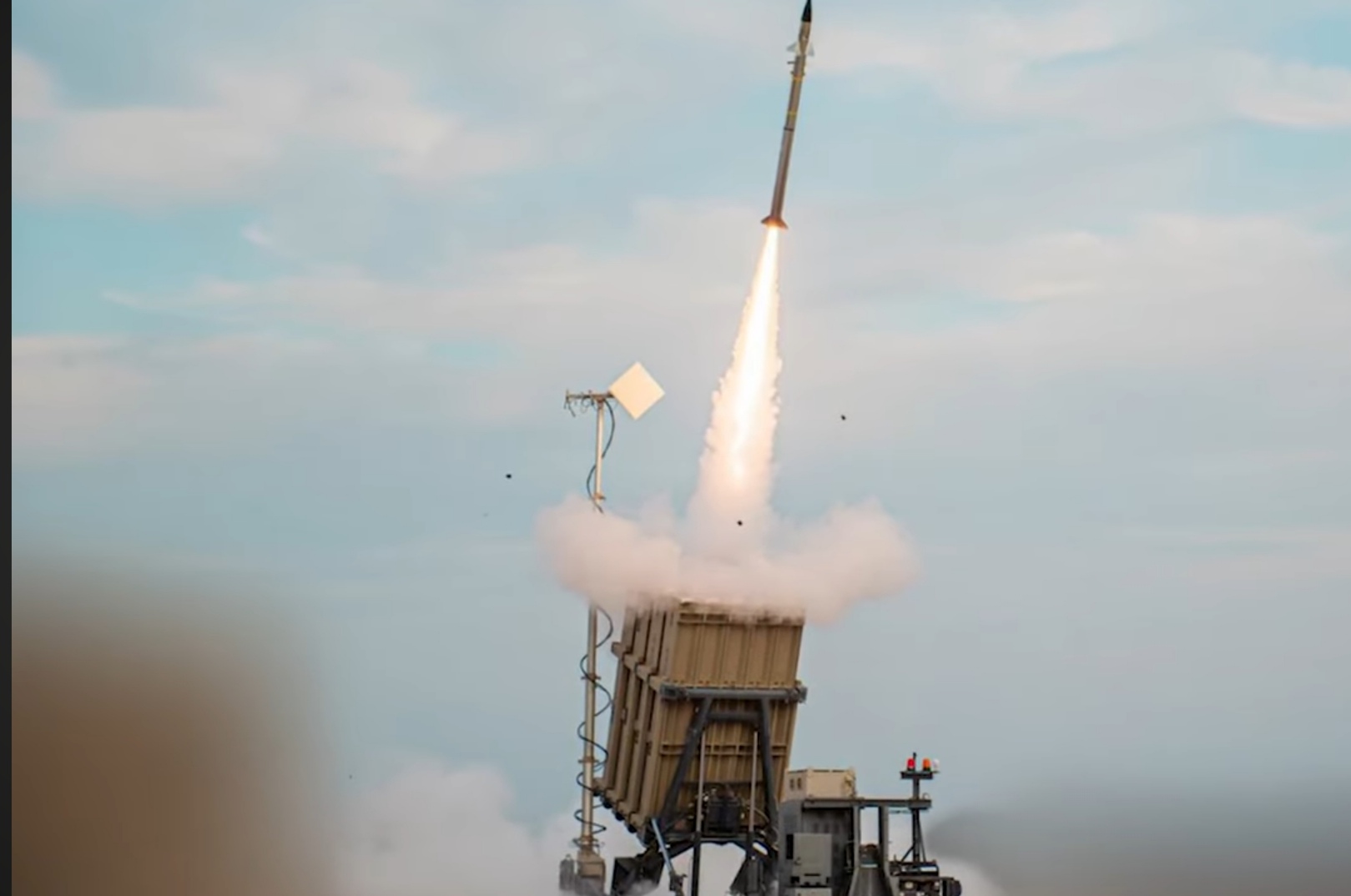on June 13, 2025, Iran launched a powerful retaliation against Israel, targeting major cities including Tel Aviv, Jerusalem, and Rishon LeZion. This came in response to Israel’s earlier airstrikes on Iranian nuclear and military sites.
What sets this attack apart is Iran’s strategic use of drones, ballistic and cruise missiles, combined with naval forces. Iranian warships reportedly launched cruise missiles from the Persian Gulf and Red Sea, catching Israeli defense systems off guard. As a result, the Iron Dome air defense struggled to intercept the multi-directional assault, leading to civilian casualties and infrastructure damage.
At least three civilians w ere killed and dozens injured, marking one of the deadliest nights in the recent conflict.
ere killed and dozens injured, marking one of the deadliest nights in the recent conflict.
The ripple effects reached beyond the battlefield. With Iran’s warships now positioned near the Strait of Hormuz—a vital oil trade route—global crude oil markets reacted sharply. Brent crude prices jumped above $94 per barrel, and experts warn prices could rise 10–20% if the crisis escalates.
India’s Prime Minister Narendra Modi reacted swiftly. After a phone call with Israeli PM Netanyahu, he posted on social media:
> “Spoke with PM Netanyahu. Emphasised the need for peace and stability in the region.India, heavily reliant on Middle Eastern oil, is now preparing for potential disruptions. The Ministry of Petroleum is reportedly in talks with allies like the UAE and the U.S. to secure alternative energy supplies.
As the Iran-Israel conflict intensifies, the world watches closely—with rising fears of a larger war and a global oil crisis on the horizon.